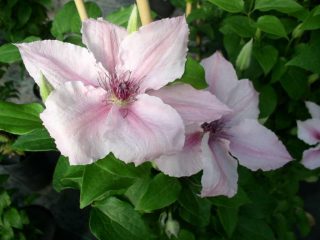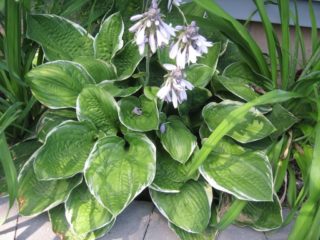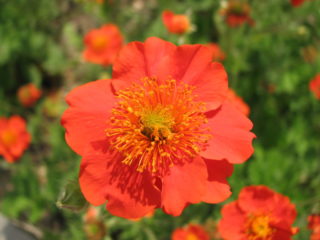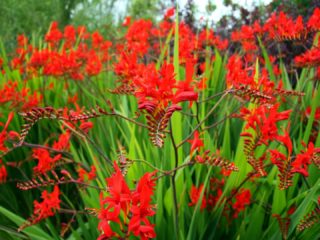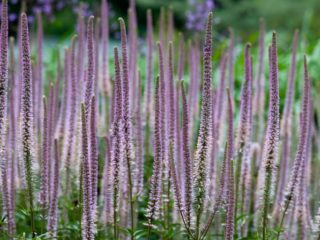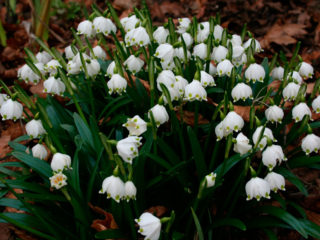Content
Peony Princess Margaret is a plant that has “conquered” Europe and the USA. A perennial with a half-century history, it has received many awards. It is grown by almost all professionals, and is also recommended for beginners. Princess Margaret is undemanding to environmental conditions; it can be safely grown in the Moscow region and the central part of the country.
How the variety appeared
The herbaceous shrub was bred by the American breeder Muravska. Date of creation: 1960
Description of the Princess Margaret peony with photo
The large flowers of the variety immediately catch your eye. They have a terry structure that resembles the shape of a rose. The petals are painted bright pink.

In summer, the plant emits a pleasant smell of medium intensity, which gives off notes of pomegranate and cherry.
The Princess Margaret peony has dense foliage that extends from the ground to the very top. The leaves are large in size and have a rich green tint.They are located on ribbed stems, very dense and therefore not susceptible to wind.
Gardeners confirm the Princess Margaret peony's tendency to grow rapidly. It is observed from the moment of planting and continues until adulthood.

During the flowering period, the stems droop, which is explained by the weight of the buds, so summer residents talk about the need for garter
Peony height ranges from 75 to 90 cm. Sizes vary due to climate and weather factors. The average crown diameter is 50 cm. The decorative effect of the Princess Margaret variety lasts throughout the summer. The petals may fade in the sun and change color to a lighter one.
Russian gardeners, especially residents of the Urals and Siberia, liked the Princess Margaret peony for its high frost resistance, reaching up to -35 degrees. In addition, the bushes are able to resist most infections. They also show themselves to be resistant to insect attacks. Under favorable conditions, defeats practically never occur.
Peony Flowering Time Princess Margaret
Flowering begins in the first half of June and lasts about a month. Newly planted peonies bloom by next year, in this case the inflorescences are rare. Princess Margaret reveals her decorative potential at the age of four.
Advantages and disadvantages
In 1978, the Princess Margaret peony was awarded the Grand Champion award.

The plant looks great in different landscapes and can coexist with other crops
Pros:
- decorativeness;
- large size of flowers;
- frost resistance;
- low demands;
- long flowering;
- fast growth.
Minuses:
- need for garter;
- flowers fade under bright light.
Subtleties of landing
Most varieties of peonies are planted in mid to late spring when weather conditions become acceptable. The same is true of the Princess Margaret bushes. But it can be grown in September. The main condition is that there is no risk of return frosts.
Planting material should have a developed root system, several superficial stems (20-30 cm in height) and living buds. The site where it is planned to grow the Princess Margaret peony has simple requirements:
- good lighting;
- average percentage of moisture;
- neutral acidity;
- loose soil.
The planting hole is prepared 10-15 days before the procedure. To do this, they plow the area, mix the soil with humus and ash. At the time of planting, the seedling itself is prepared. Peony Princess Margaret is disinfected in a solution of potassium permanganate, and only after that is placed in the ground.
The delenka is placed in the center of the hole, slightly hilled and watered. The buds should be at least 30mm below the surface.
Care instructions
Princess Margaret is undemanding in terms of further cultivation, but its development must be monitored. To ensure abundant flowering and rare insect and disease attacks, pay attention to the following procedures:
- watering;
- loosening;
- feeding
Moisturizing peonies should be plentiful, but systematic. Watering is carried out no more than once a week. With the onset of flowering, it is allowed to increase the amount of moisture added.

To reduce liquid consumption and improve growing conditions, Princess Margaret peonies are mulched with sawdust, peat, straw or other material.
The soil near the roots is systematically loosened and weeded. After the snowdrifts melt, it is recommended to apply fertilizers based on nitrogen, as well as phosphorus and potassium. The first mineral is applied in the spring, and the last two after flowering.
When the inflorescences begin to fall off, it is time to prune. By removing dried buds, the owner redirects nutrients to vital areas, which has a positive effect on the overall development of the Princess Margaret peony.
The perennial can be grown in one place for 20 years. However, botanists advise replanting the crop every eight years. This is done to rejuvenate adult specimens. The landing process remains completely identical.
Preparing for winter
Peony Princess Margaret demonstrates high resistance to frost. In many areas, bushes are left without shelter. The exception is regions with a northern climate. Young seedlings should also be insulated.
Preparation consists of short pruning, moisture-recharging irrigation and mulching up to 10 cm. If winters with little snow are expected, Princess Margaret peonies are covered with spunbond on top.
Reproduction methods
Peony is propagated by division, cuttings and seeds. The first method is the simplest, which is why most gardeners practice it. Cuttings and especially Princess Margaret seeds do not have good germination, and the chance of propagating the plant is low.
Disease and pest control
Perennial shrubs can suffer from the following ailments:
- mosaic;
- botrytis;
- rust.
Diseases arise due to decreased immunity, which most often occurs with a lack/excess of nutrients and water.The symptoms are approximately the same - curling, spots appearing on the leaves.
In most cases, infected peonies can be cured. It is more advisable to fight rust with the help of fungicides. If they didn’t help, other means won’t either.

Botrytis that appears on the leaves of Princess Margaret peonies is treated with the drug HOM, which is sold in gardening areas
As for insects, among them only three are dangerous for the Princess Margaret peony:
- ant;
- bronze;
- aphid.
The Aktara remedy copes with ants and aphids, and the bronze is afraid of the Medvetox insecticide.
Application in design

Flower growers know that the best place for peonies is the most visible one.
Like the rose, Princess Margaret is the “queen of the garden” and requires plants with less intense color to represent her.

The variety is suitable for planting against hedges and lawns.
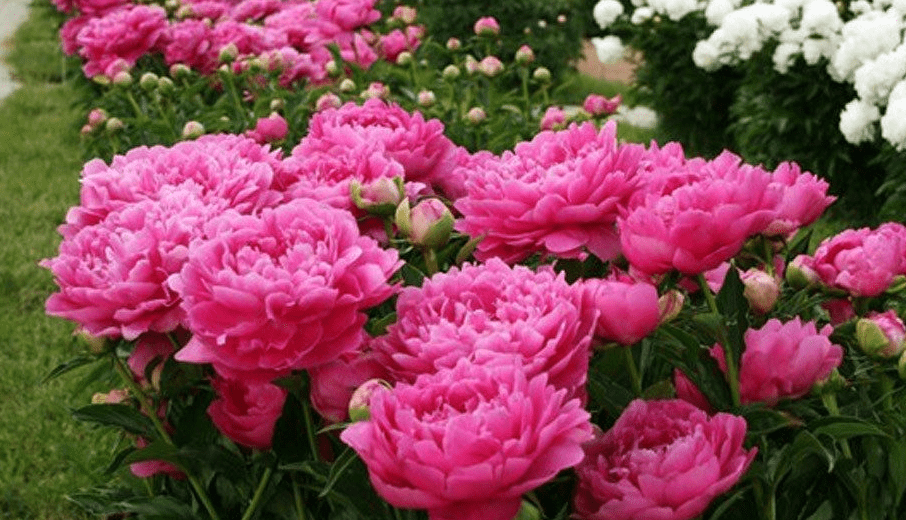
Goes great with white and red flowers
Conclusion
The Princess Margaret peony is a perennial herbaceous shrub bred in the 60s of the last century by Western scientists. It is cultivated everywhere. The reason for this was not only the stunning appearance, but also the low demands on climatic and weather conditions.
Reviews from gardeners about the Princess Margaret peony
